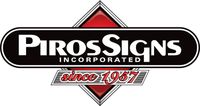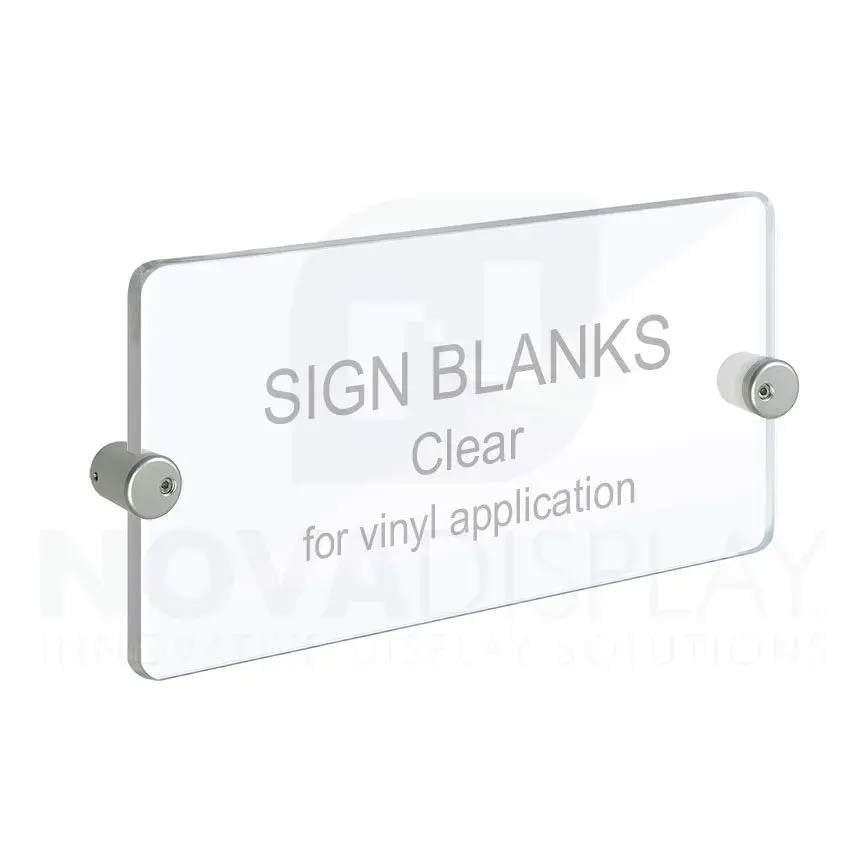Your business sign is more than just a display—it’s a powerful branding tool that enhances visibility and leaves a lasting impression. Whether you’re opening a new storefront or rebranding, choosing the right custom business sign is essential for attracting customers and reinforcing brand identity. This guide will help you navigate the key factors in selecting the best sign, from materials and size to branding alignment.
Key Factors to Consider When Choosing a Custom Sign
Selecting the Right Material for Your Custom Business Sign
The material you choose directly impacts durability, aesthetics, and functionality. Here are the most common options:
Metal Signs – Best for offices, law firms, and corporate settings. These signs are durable, professional, and weather-resistant, making them ideal for long-term outdoor and indoor use.
Acrylic & Plastic Signs – A cost-effective and versatile option, acrylic and plastic signs work well for retail stores, salons, and indoor displays. They offer a sleek look and can be customized with vibrant graphics.
Vinyl Graphics – Ideal for storefronts and temporary promotions, vinyl signage is affordable and easy to update. It’s commonly used for window decals, banners, and vehicle wraps.
Neon & LED Signs – If night-time visibility is crucial, neon and LED signs provide a bright, eye-catching display. Bars, restaurants, and entertainment venues benefit from these illuminated options.
Determining the Right Size for Your Business Sign
Viewing Distance & Legibility
Your sign should be easily readable from the distance customers will view it. A good rule of thumb is:
- 1-inch letter height per 10 feet of viewing distance for optimal readability.
- Large roadside signs may need letter heights of 12 inches or more for clear visibility.
Location Considerations
- Storefront Placement: A sign positioned at eye level with clear, bold lettering ensures easy recognition.
- Roadside Placement: Signs placed higher need larger font sizes and brighter colors for visibility.
- Zoning Laws: Be sure to check local height restrictions and permit requirements before installing your sign.
Aligning Your Sign with Your Brand Identity
A well-designed sign should match your brand’s color scheme, fonts, and overall aesthetic to create consistency across marketing materials.
- Luxury businesses (spas, jewelry stores) often use sleek metal or acrylic signs for a sophisticated look.
- Bars, diners, and entertainment venues benefit from neon or LED signage to attract customers at night.
- Retail shops often use bold, colorful graphics that reflect their branding and promotional offers.
Common Mistakes to Avoid When Choosing a Custom Sign
- Overcomplicated designs – Too much detail reduces readability. Keep it clear, bold, and easy to read.
- Ignoring permit regulations – Failing to comply with local signage laws can result in costly fines and replacements.
- Choosing the wrong material – Not all materials are suited for outdoor conditions. Metal and acrylic withstand the elements better than some plastics.
FAQ Section
Q1: What is the best material for an outdoor business sign?
A: Custom metal signs (aluminum or stainless steel) are the most durable and weather-resistant options for outdoor use.
Q2: How big should my business sign be?
A: A good rule is 2-3 inches per foot of viewing distance to ensure readability from afar.
Q3: Are illuminated signs worth the investment?
A: Yes! LED and neon signs increase visibility, especially for businesses open late, such as restaurants, bars, and retail stores.
Conclusion
Choosing the perfect custom sign involves careful consideration of materials, size, and branding alignment. A well-designed sign boosts visibility, attracts customers, and strengthens brand identity.

